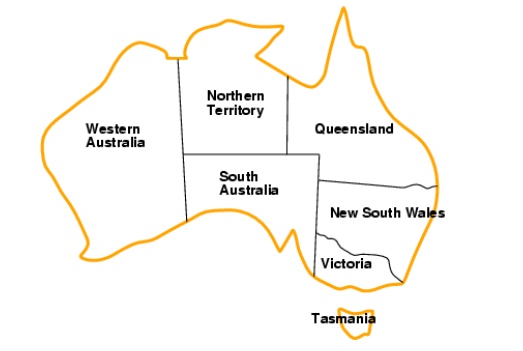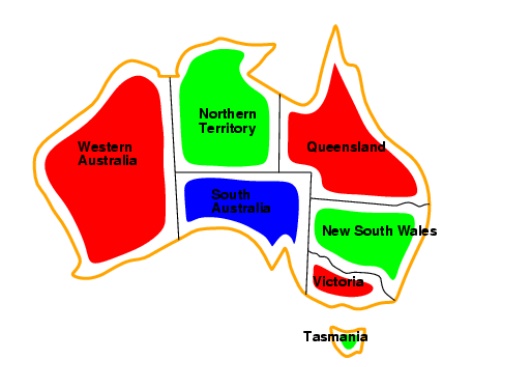Chapter: Artificial Intelligence
Constraint Satisfaction Problems (CSPS)
CONSTRAINT SATISFACTION PROBLEMS
(CSPS)
•
Standard search problem:
– state
is a "black box“ – any data structure that supports successor function,
heuristic function, and goal test
•
CSP:
– state is defined by variables Xi with values from domain Di
– goal
test is a set of constraints specifying allowable combinations of values for
subsets of variables
– Simple example of a formal representation
language
•
Allows useful general-purpose algorithms with more
power than standard search algorithms
Arc
consistency:
1.
Arc refers to a directed arc in the constraint
graph.
2.
Arc consistency checking can be applied either as a
preprocessing. step before the process must be applied repeatedly until no more
inconsistency remain.
Path
consistency:
Path
consistency means that any pair of adjacent variables can always be extended to
a third neighboring variable, this is also called path consistency
K-consistency:
Stronger
forms of propagation can be defined using the notation called K-consistency. A
CSP is K-consistency if for any set of K-1 variables and for any consistent
assignment to those variables, a constant value can always be assigned to any
variable.
Example:
Map-Coloring

•
Variables WA,
NT, Q, NSW, V, SA, T
•
Domains Di
= {red,green,blue}
•
Constraints: adjacent regions must have different
colors
e.g., WA
≠NT, or (WA,NT) in ,(red,green),(red,blue),(green,red),
(green,blue),(blue,red),(blue,green)}

•
Solutions are complete and consistent assignments, e.g., WA = red, NT = green,Q
= red,NSW= green,V = red,SA = blue,T = green
Constraint
graph
•
Binary CSP: each constraint relates two variables
•
Constraint graph: nodes are variables, arcs are
constraints

Varieties
of CSPs
•
Discrete variables
– finite domains:
•
n variables,
domain size d -O(dn) complete assignments
•
e.g., Boolean CSPs, incl.~Boolean satisfiability
(NP-complete)
– infinite domains:
•
integers, strings, etc.
•
e.g., job scheduling, variables are start/end days
for each job
•
need a constraint language, e.g., StartJob1 + 5 ≤ StartJob3
•
Continuous variables
– e.g., start/end times for Hubble Space
Telescope observations
– linear constraints solvable in polynomial
time by linear programming
Varieties
of constraints:
•
Unary constraints involve a single variable,
– e.g., SA ≠green
•
Binary constraints involve pairs of variables,
– e.g., SA ≠WA
– Higher-order constraints involve 3 or more
variables,
– e.g., cryptarithmetic column constraints
Related Topics